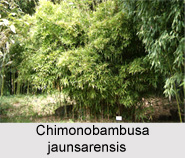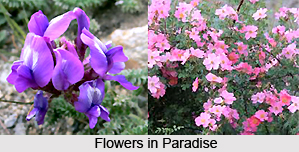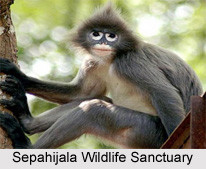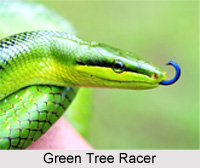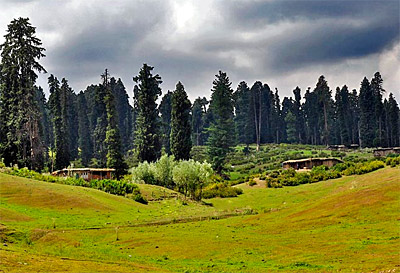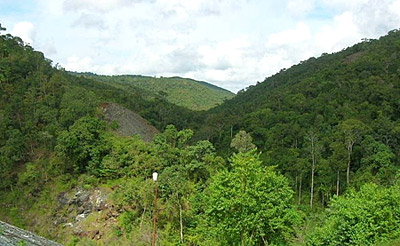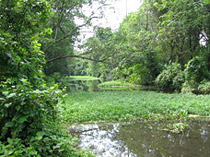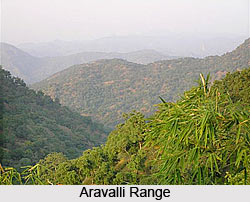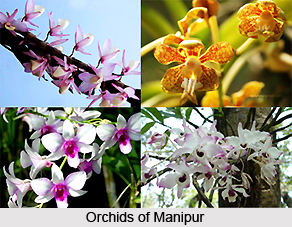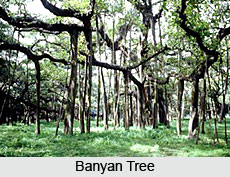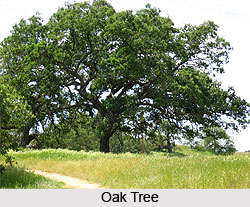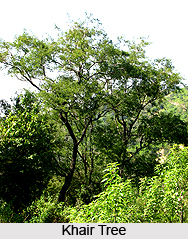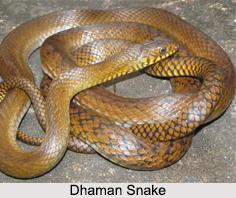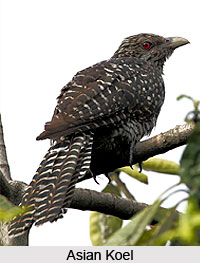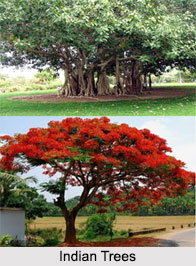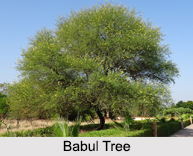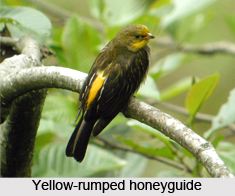 Yellow-Rumped Honeyguide is an Indian Bird which is sparrow-sized bird in the honeyguide family that is found in Asia, mainly in montane forests along the Himalayan Mountain Range.
Yellow-Rumped Honeyguide is an Indian Bird which is sparrow-sized bird in the honeyguide family that is found in Asia, mainly in montane forests along the Himalayan Mountain Range.
Behaviour of Yellow-Rumped Honeyguide
Yellow-Rumped Honeyguides are very finch-like but the feet are strong and the feet are zygodactyl, with two toes facing forward and two backward. They perch on honeycombs and feed on wax. Males tend to be territorial and stay near honeycombs while females and juveniles forage widely. They are brood-parasites, laying their eggs in the nests of tree-hole breeders, possibly barbets.
Size of Yellow-Rumped Honeyguide
Yellow-Rumped Honeyguide is sparrow sized and has a stout finch-like bill. The plumage is largely dusky olive and the forehead and lores are orange while the upper plumage. There is a streaked appearance to the wing feathers.
Rump of Yellow-Rumped Honeyguide
The rump of Yellow-Rumped Honeyguide is deep orange and extends into the back grading to sulphur yellow.
Chin of Yellow-Rumped Honeyguide
The chin and throat of Yellow-Rumped Honeyguide are yellowish while the lower plumage is pale grey with dark streaks.
Bill of Yellow-Rumped Honeyguide
The bill of Yellow-Rumped Honeyguide is yellow but dark towards the tip. Females have less extensive yellow on the face and the rump is yellow and lacks the orange.
Call of Yellow-Rumped Honeyguide
A chipping call of Yellow-Rumped Honeyguide is produced in flight and when agitated.
Flight of Yellow-Rumped Honeyguide
The flight of Yellow-Rumped Honeyguide is straight and direct, sometimes in flocks of 20 to 30 birds. At deserted honey-combs, the bird clings tight and presses its tail on the surface of the comb.
Feeding of Yellow-Rumped Honeyguide
Yellow-Rumped Honeyguide feed mainly on the foundation wax of Apis dorsata laboriosa that attach the comb to rocks. They feed on active bee-hives without disturbing the bees much.
Eggs of Yellow-Rumped Honeyguide
Yellow-Rumped Honeyguide involved fluffing its feathers, holding the bill high and flicking wings while swaying from side to side. A female was observed flicking its tail and pressing it down with wings drooped before being mounted by a male. They are brood parasites, laying their eggs in the nest of host species. The host species for the yellow-rumped honeyguide are as yet unknown and undocumented. Young birds of honeyguide species have bill-hooks with which they destroy the eggs and chicks of the host.
